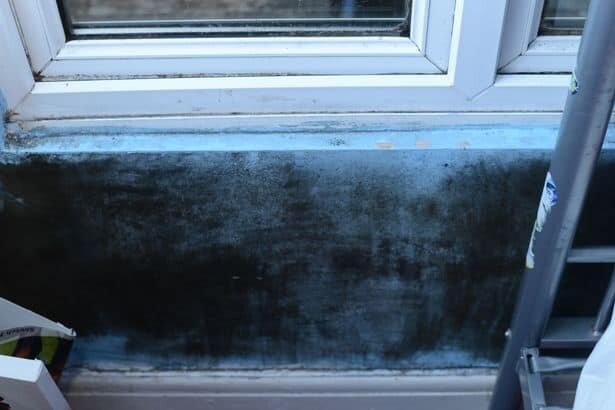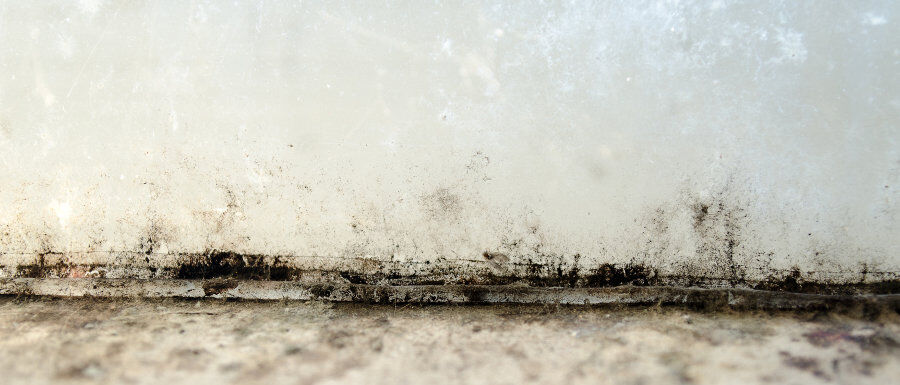Whether you’ve experienced penetrating damp in your home or not, it is important to learn what signs to look for in order to identify it and stop it from growing.
As you may know, mould can cause allergies and other health issues.
Mould growth can cause allergies and other health problems
Several studies have shown that exposure to mould can cause allergies and other health problems. These symptoms may include runny nose, coughing, itchy eyes, nasal congestion and irritation, as well as other breathing problems.
Fortunately, there are ways to prevent the symptoms of allergy to mould.
Mould allergies are caused by an overly sensitive response of the immune system to mould spores. The reactions can range from mild to severe.
Some types of mould can cause serious symptoms such as infections of the skin, kidneys, and liver.
In other cases, a mould allergy can trigger asthma attacks. If you are experiencing these symptoms, contact your doctor. They may suggest a medication to help alleviate your symptoms.
Some people have an increased risk of allergies to mould because of a weak or compromised immune system. These individuals may have a family history of allergies, live in humid environments, or work in environments where they are exposed to mould.
It is important to note that only certain types of mould can cause allergic reactions.
Most people are not affected by moderate amounts of mould. However, people with asthma or other respiratory conditions are more likely to develop a reaction to mould.
In addition, some types of mould can produce toxins that can be harmful to the body.
These toxins are called mycotoxins. A person can be infected with mycotoxins after inhaling small amounts of mould spores. The toxins are absorbed through the airways, the skin and the intestines.

As mentioned, many different types of mould are found in homes and other buildings. Some of these moulds are toxic, including Stachybotrys (black mould) and Aspergillus (white mould). Some of these toxins can be fatal.
Some moulds are also a cause of fungal infections. These infections can be dangerous if they are triggered by a weakened immune system. The fungus can attack the mucous membranes in the lungs, digestive tract, and other parts of the body.
This can be particularly damaging for people with asthma.
If you have a family history of allergies, talk to your doctor about getting tested. Blood tests can confirm the presence of allergens in the body and show whether you are prone to allergies.
They can also be used to diagnose systemic fungal infections. Other tests, such as skin prick testing, can detect a person’s sensitivity to common allergens. You can have a skin test if you suspect you have an allergy to mould.
Having a medical diagnosis is the only way to get proper treatment. Your doctor will be able to recommend an immunotherapy (allergy shot) or mast cell stabilizer for you. Depending on your health, you might need to undergo several allergy shots over a few years to treat your symptoms.
You can avoid mould in your home by reducing indoor humidity. Dehumidifiers and central air conditioning will help. You should also clean bathrooms with mould-killing solution.
Do NOT use spray bleach on mould as it is counter-productive and will NOT cure mould or mildew.
Spray bleach contains WATER as well as bleach and you will only make the problem worse.

Damage to furniture, wallpaper, carpets, and clothing
Yep, if your home has mould it is guaranteed to spread a musty smell to all fabrics inside the home, including carpets, furniture, curtains and so on.
If you do not spot the signs of mould early, and take steps to resolve it, the eventual bill to get rid of mould in your house will be much larger than if you treat it early on.
To debunk a popular theory from keyboard warriors, no, opening a window will NOT make the mould go away! Thank you, just had to get that off my chest. The various times I have been interviewed by the media about damp, prompted some worryingly stupid responses from some members of the public.
Signs of penetrating damp
Having a damp problem in your home can be a worrying condition, especially during winter when the conditions can be wet and cold.
This is because damp can cause damage to the fabric of your home, including the roof and exterior walls.
In addition, it can affect your health and lead to the development of black mould. Fortunately, there are ways to prevent damp and to cure damp problems.
One of the first things you should do when you notice a damp problem is to make sure you know the exact location of the problem.
If you can’t determine the source of the problem, you can always look at the surrounding area for other signs. For example, if you see water marks on the wall, you may be dealing with a penetrating damp issue. If you can’t find the source of the problem, you might need to consider a professional for a more accurate diagnosis.
You cannot cure damp internally, it has to be done to the OUTSIDE and there is no cheap or quick fix to this.
More often than not, damp comes into the home through badly maintained exterior walls.
Be honest, when was the last time you had any work done to the exterior of your house?
You’ve ignored it haven’t you?
It won’t look after itself, it needs your input, after all this is your largest asset (probably) and needs care and attention to avoid going down hill.
The best way to ensure mould will never appear is to contact us about having an exterior wall coating applied to the walls.

Aside from the obvious signs, such as wet and damp walls, you should also check out the property’s plumbing system.
If you’ve got a leaky roof, gutters or rainwater pipes, it can be the culprit behind a penetrating damp issue. In addition, you should check your external render to ensure it is water resistant. You should also clean up any moss or dirt that has built up on the window cills.
Another sign of a penetrating damp problem is damaged brickwork on the outside of the house.
It’s common to see brickwork deteriorate as it ages, allowing water to infiltrate the property.
You should be able to spot this symptom by running your hands across the damp area and looking closely at the masonry.
If you can’t pinpoint the source of the problem, you may need to have the exterior walls painted to protect them.
Aside from moisture in the masonry, other symptoms of a penetrating damp issue include the appearance of moss on the internal surface of external walls.
Alternatively, you might see dry rot decaying on the floor timbers and skirting boards. If you’ve got a serious problem, you should contact a damp specialist for a thorough inspection. If the problem persists, it could be due to a leaking or defective downpipe.
Whether you have a penetrating damp issue or just want to prevent the problem from happening in the future, you should always keep your property well maintained.
This will help to stop moisture from penetrating the walls and causing damage.
In addition, you should be on the lookout for structural defects that might have caused the problem in the first place. If you have an older building, you might be affected by storm damage, which could have left some parts of the building’s fabric weakened.
If your home is suffering from penetrating damp, our exterior wall coatings will cure the issue, leave your home looking fabulous, and give you a 20 year guarantee that the mould will never re-appear. Get in touch with us today and let us help you cure that mould.

